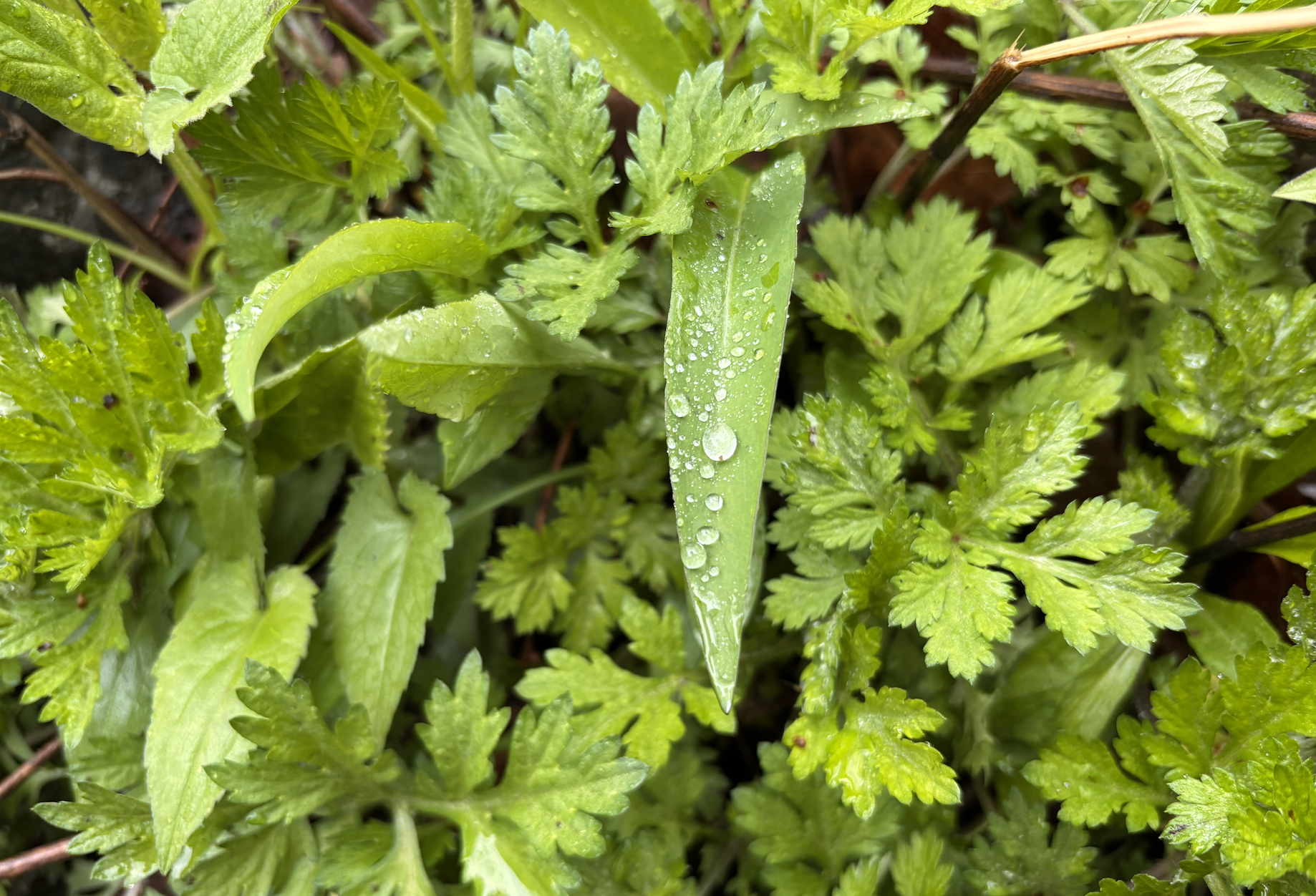Yes, you can find some of your groceries in New York City nature.
Discovering wild edibles in America's largest city
Discovering wild edibles in America's largest city
Every weekend, Steve "Wildman" Brill makes his trek out to one of New York City's parks to teach intrigued beginners how to forage in an urban setting. Touring residents and visitors since the 1980s, there is no doubt that he has taught thousands of people how to safely eat and cook with plants scattered around the small amount of greenery that the city has. "Once in a while, people don't sign up," Brill said. "But that's pretty rare."
On a rainy Saturday morning in April, around 20 people showed up to learn from the Wildman in Prospect Park, Brooklyn. Things are much different than the 80s, where Brill was arrested by undercover park rangers for eating dandelion in Central Park. "I was on the front page of newspapers across the country," Brill said. "It went viral before there was such a thing."
Although foraging is banned in the city's parks, his dandelion-eating arrest decades ago now keeps the rangers off his tail. And despite the downpour, Brill still had an audience. Many probably wouldn't consider the city as a place of nature. Yet, hidden inside certain pockets in the city and its parks lie places where edible plants grow every season. Mulberries, mugwort, grape leaves: All can be found in New York City, scattered throughout the boroughs.

New York City's parks and green spaces begin to bloom after the cold winter with edible plants like dandelion, wild garlic, and Kentucky Coffeetree(Brill says they carry the coffee taste without the caffeine). Another plant he showed his tour during the early Spring included mugwort, which have been said to help ailments like cramps when drunk in a tea-like capacity.
Summer brings new blooms, too. White and red mulberries can be found in places like Central Park, with birds typically eating the plant that comes out during the late-spring/early summer. Some juneberries, or serviceberries, can also be found in many city parks.
Fall has some of the best foraging picks. Persimmons pop up in the late Fall in Prospect Park. A lot of mushrooms come out during the autumn season, but it is important to be able to identify them correctly (foraging with Brill can help with that).
In the Winter season, things become harder to find. But Brill's tours go from March to December, so the foraging continues. Chickweed is one option that's available all year round. Brill has also found a Nettletree once with berries in mid-November, "and it only took me 31 years to find."
Discover the best locations for finding wild edibles in NYC
Central Park has some of the most diverse selection in edible plants, with some of them named above for every season.
Brooklyn's Prospect Park is another foraging area, where Brill gave his tour on the rainy April morning.
Inwood Hill Park also has plenty of foraging spots, according to the community-driven data set falling fruit. Users have reported gingko, honey locust, and wineberries.
The falling fruit dataset has thousands of inputs from users across the world on foragable plants, and their location.
But Brill's tours are one of the most common ways people begin to forage in the city, many having been on multiple tours he has given. In the small group, attendees laughed at Brill's dad jokes, were able to pick some edible plants to take home, and were given a step-by-step guide on how to identify the correct species. So, maybe try something new. And maybe even get some groceries during your trip.

Steve 'Wildman' Brill